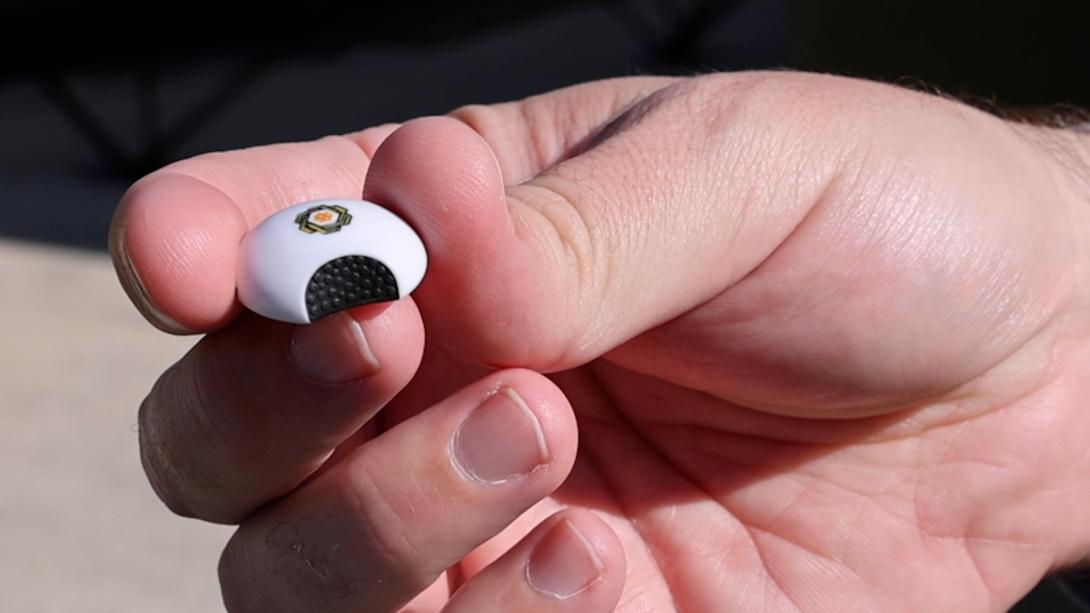China's IoS: Internet of Soldier
The future battlefield will include one more data layer: the warfighter.
“The next generation of military networks will consist of densely deployed battlefield nodes, including weapons, vehicles, robots, and human wearable devices,” said Chinese researchers in a paper.
Authors Han Shi, Hai Zhao, Yang Liu, Wei Gao and Sheng-Chang Dou from Shenyang University in the People’s Republic of China described how warfighters’ vital signs will become information and should be processed to obtain deep insights.
Their work was built upon research by the U.S. Army Research Laboratory and their design factors doctrine from the U.S. armed forces.
The devices necessary for effectively integrating a warfighter into the battlefield’s data network include different interconnected modules.
“A complete fusion framework is necessary to adjust the cooperative relationship among all sensing modules and applications,” stated the authors.
The authors posit that in combat, warfighters encounter restrictions that are routinely laid out in U.S. military thinking.
“The sensing module, which has information resilience, collects information on the battlefield under strict resource constraints, and realizes data transmission and analysis by cooperating with other modules that are integrated in the equipment,” their work described.
The authors criticized the use of nonmilitary devices as useless for highly trained warfighters and posited that physiological data should be analyzed by complex algorithms to understand emotion and fatigue.
“Physiological monitoring of emotion recognition and behavior tracking for soldiers” are crucial to effective use of wearable devices, according to the authors.
Wearable devices allow real-time monitoring, not only of the status of the individual but also of events unfolding on the battlefield.
“Complex events are often accompanied by strong fluctuations in physiological signals. The fusion of environmental information, location information, and the results of an analysis of multiple physiological states can effectively improve the accuracy of an emergency’s identification,” the authors explained, thus making each warfighter a data producer (and consumer).






Comments